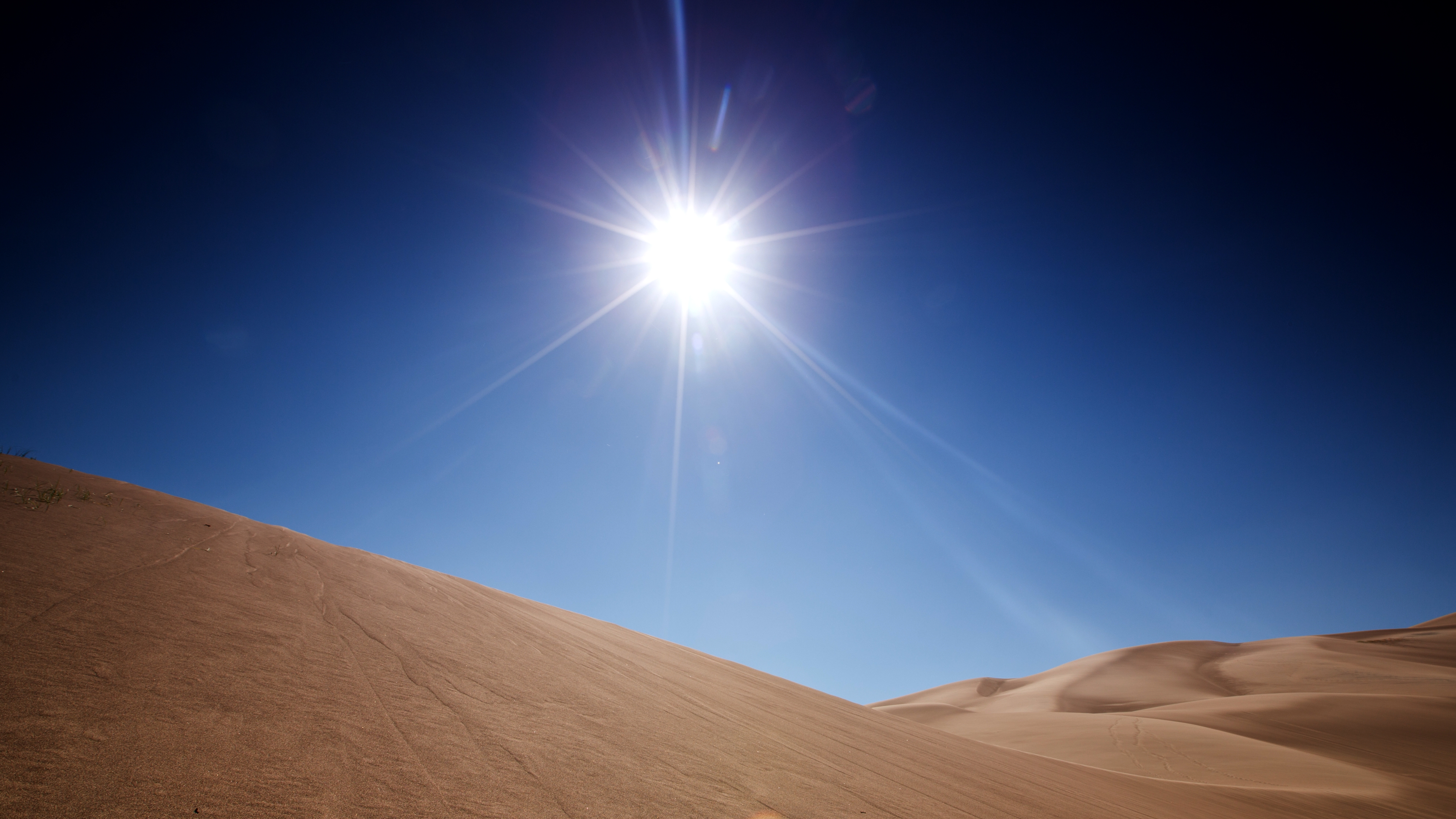Infrared Cut Filters for High-Brightness Outdoor Displays
In today's digital age, outdoor electronic displays, ranging from billboards to information panels, are more prevalent than ever. These screens are designed to remain vibrant and clear even in high brightness situations, such as direct sunlight. However, such operational environments present challenges, particularly with LCD displays that can overheat due to the combined thermal load of the sun and the LCD display's backlight.
Infrared (IR) cut filters play a critical role in maintaining the efficiency and longevity of high brightness monitors.
The Dual Challenge: Sun and Backlight
An outdoor display, particularly LCDs, faces an immense challenge: they must be visible in sunlight, which requires powerful backlights. But, the combination of the sun's infrared radiation and the heat generated by the display's backlight creates a high thermal load. The potential result? Overheating, reduced lifespan, and even permanent damage to the screen.
What Are Infrared Cut Filters?
To mitigate this, designers turn to infrared cut filters. At their essence, these filters block or absorb the infrared radiation from the sun, which constitutes a significant portion of the sun's energy that isn't visible to the human eye. By blocking this infrared energy, the filter reduces the total amount of heat that reaches the display. The result? A cooler-running screen, even in direct sunlight.
But there's more to it than just blocking heat. The science behind these filters involves an intricate dance of materials science and optics.
The Science of Blocking Heat
Thin-film interference coatings form the core of many IR cut filters. These are meticulously designed layers of materials deposited onto a substrate. The thickness, sequence, and properties of these layers are chosen to reflect or absorb specific wavelengths - in this case, infrared.
Materials play a pivotal role here. Metals like silver (Ag), which has high reflectivity across both visible and infrared wavelengths, can be used. Titanium dioxide (TiO2) is another star player, acting as a high-refractive-index material in multilayer designs, leading to sharp transitions between wavelengths that get reflected and those transmitted.
Relevance in Outdoor Displays
Now, while the science is fascinating, the real magic lies in its application. Here's how IR cut filters make a difference in outdoor displays:
Temperature Reduction: As mentioned, by blocking the infrared radiation, these filters significantly reduce the heat that penetrates the display. This aids in maintaining a manageable operating temperature, preventing overheating.
Improved Longevity: Continuous exposure to high temperatures can degrade the components of a display faster. By keeping temperatures in check, IR cut filters can help extend the lifespan of an outdoor display.
Enhanced Display Quality: Overheating can lead to inconsistencies in display performance, like color shifts or reduced contrast. By maintaining a cooler temperature, these filters ensure that the display performs at its optimum, even under the sun.
Energy Efficiency: By mitigating the need for additional cooling systems or temperature management solutions, IR cut filters can indirectly lead to more energy-efficient display operations.
Beyond Just Heat Management
However, it's worth noting that while IR cut filters play an invaluable role in managing heat, they're just one piece of the puzzle. Designers also consider other strategies like:
Ventilation Design: Ensuring the back of the display is well-ventilated can assist in heat dissipation.
Optimized Backlighting: Using efficient LED backlights that produce less heat but provide ample brightness.
Reflective Technologies: Some display technologies use reflected light rather than backlights, inherently reducing heat generation.
Conclusion
Outdoor displays, be it in the heart of bustling city centers or along highways, have become communication staples. As technology pushes for brighter, clearer, and more dynamic displays, the challenges of managing the dual heat sources of the sun and the backlight become more pronounced. Infrared cut filters, with their meticulous design and materials science, stand as unsung heroes, ensuring our displays remain clear, bright, and most importantly, operational. The next time you see a vibrant outdoor screen, remember the intricate dance of metals and coatings that work in harmony to fend off the sun's relentless energy.

